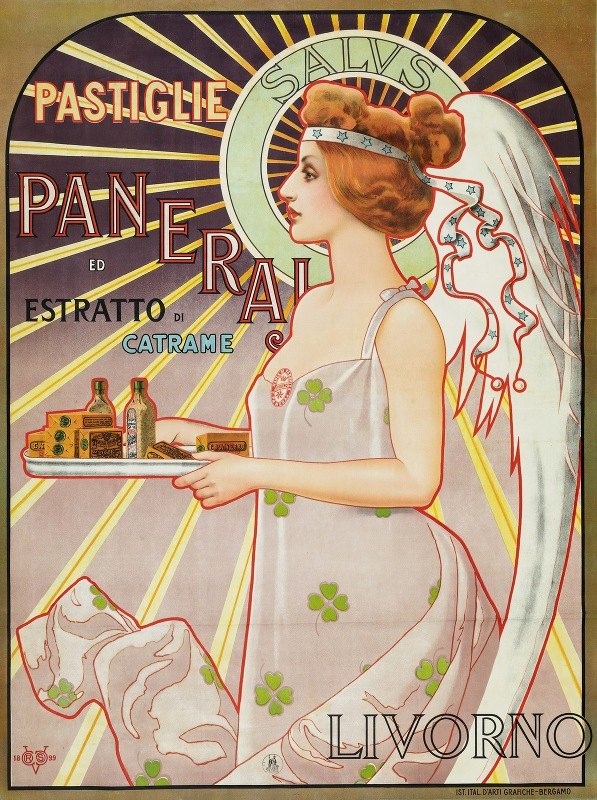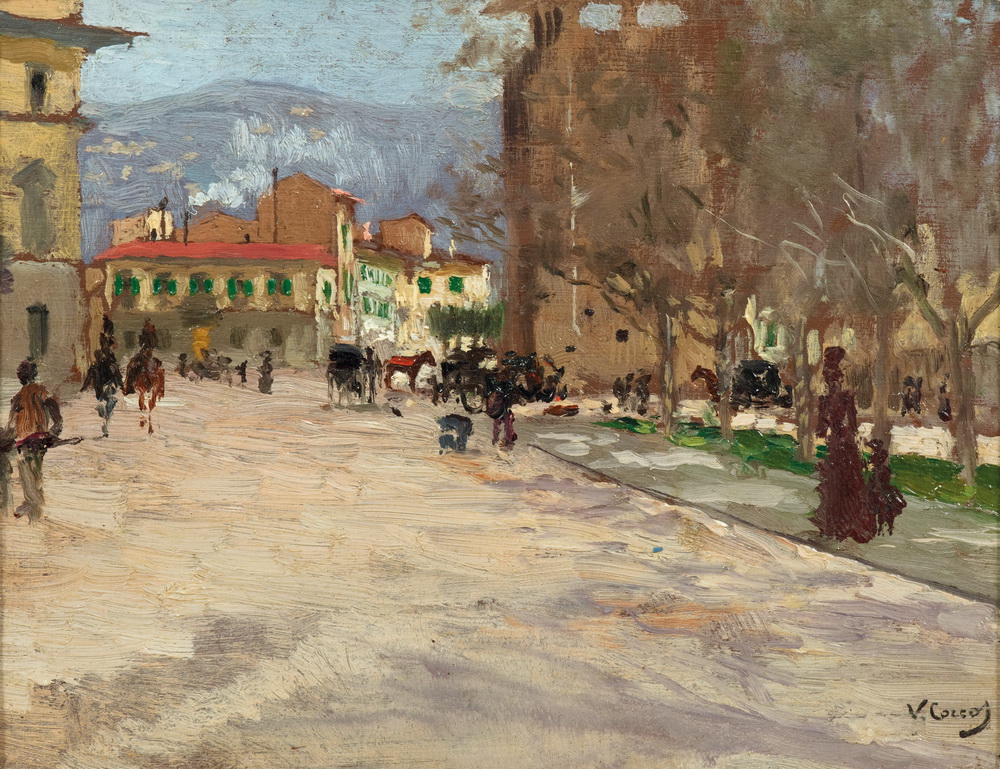图片文件尺寸 : 5345 x 4585px
约翰内斯·林格尔巴赫(Johannes Lingelbach)在利沃诺(Livorno)拍摄的一个有商人和囚犯的索瑟恩港口、一艘船和费迪南德·美第奇(Ferdinand I de‘Medici)雕像-Johannes Lingelbach
View on a Sourthern harbor with merchants and prisoners, a ship and the statue of Ferdinand I de’ Medici in Livorno--Johannes Lingelbach (德国, 1622-1674)













![Photograph signed and inscribed [in Russian] to Alexander Herzen,](http://www.minghuafuzhi.com/2022/12/02135639719.jpg)